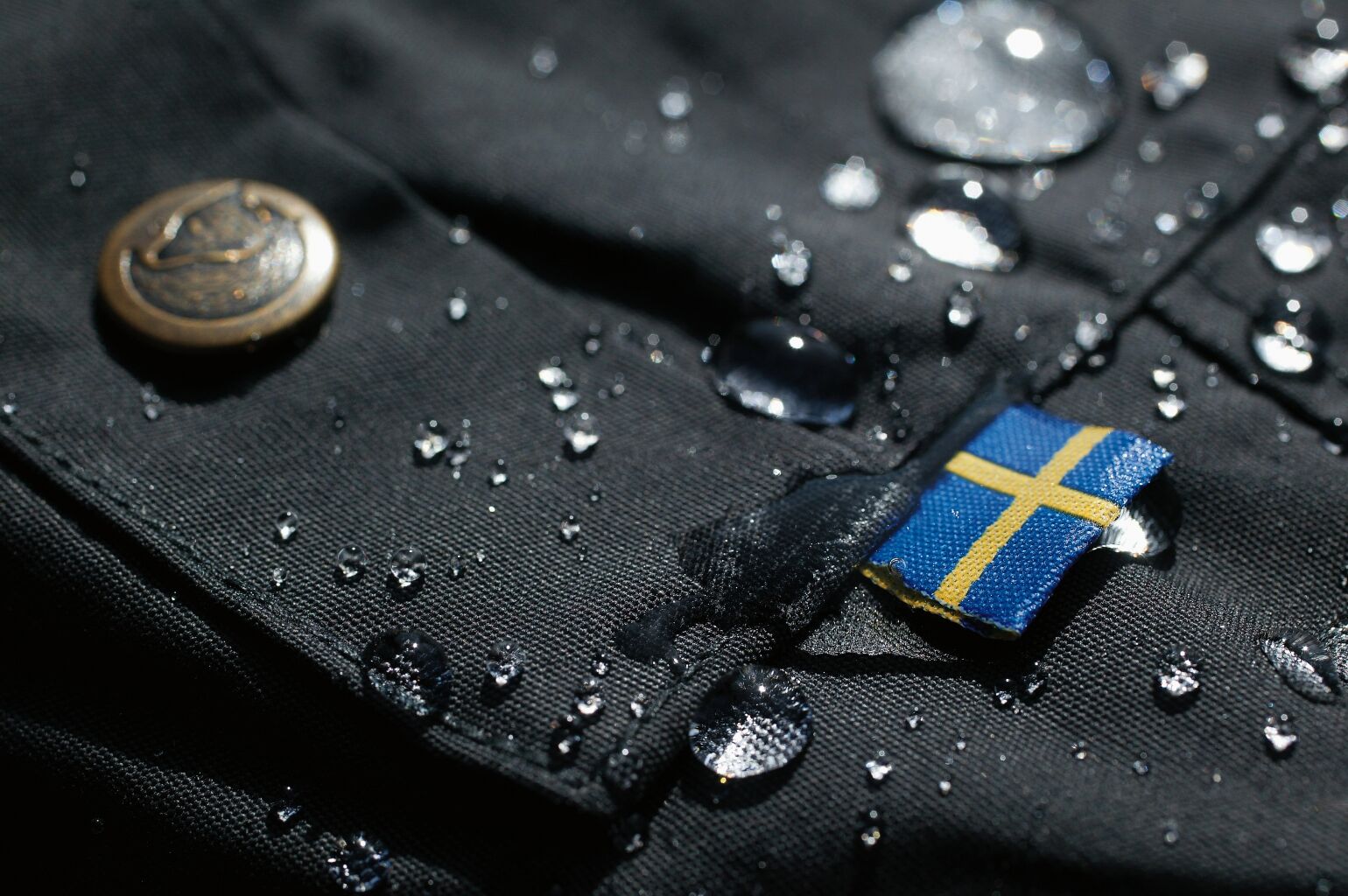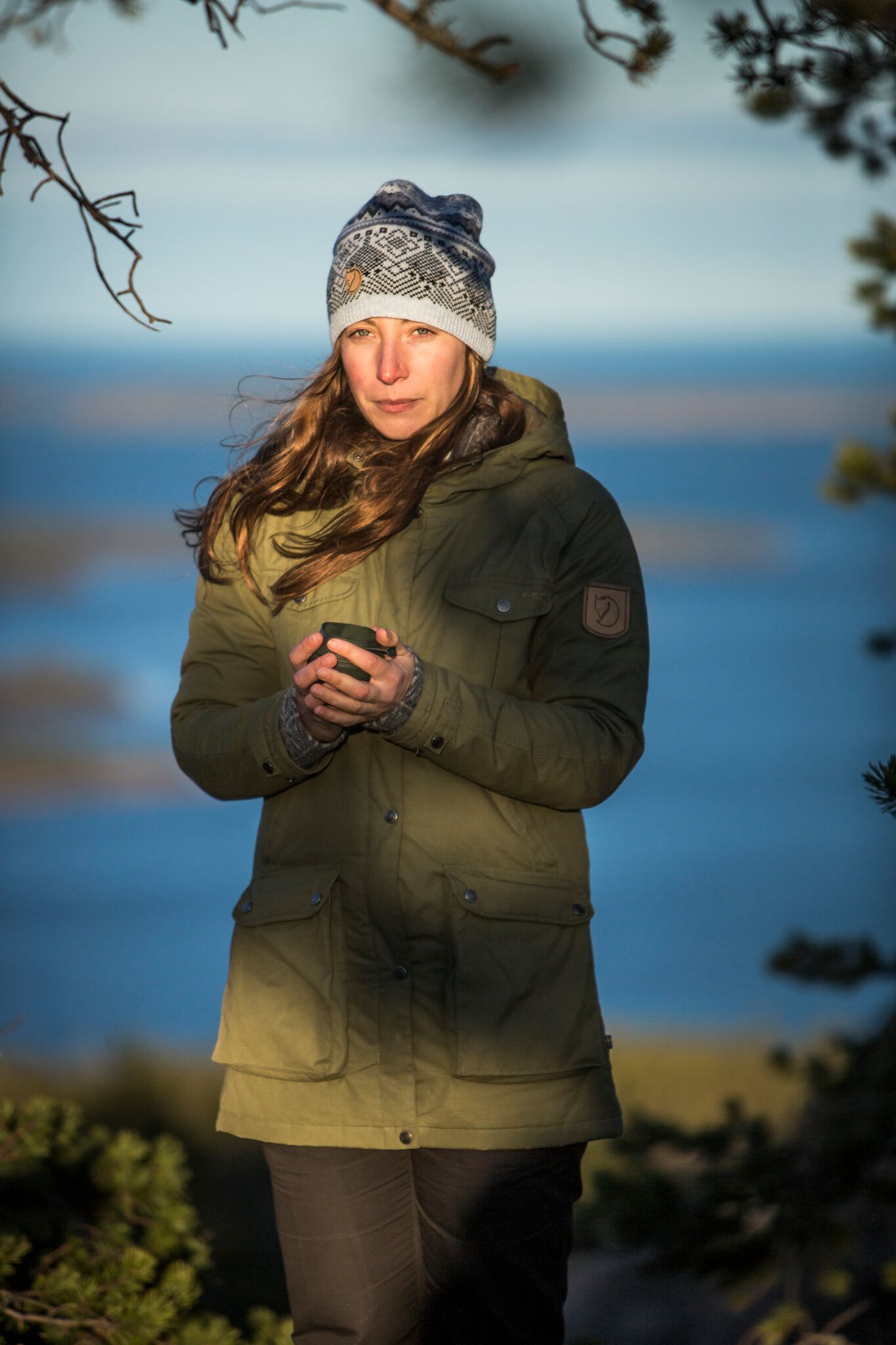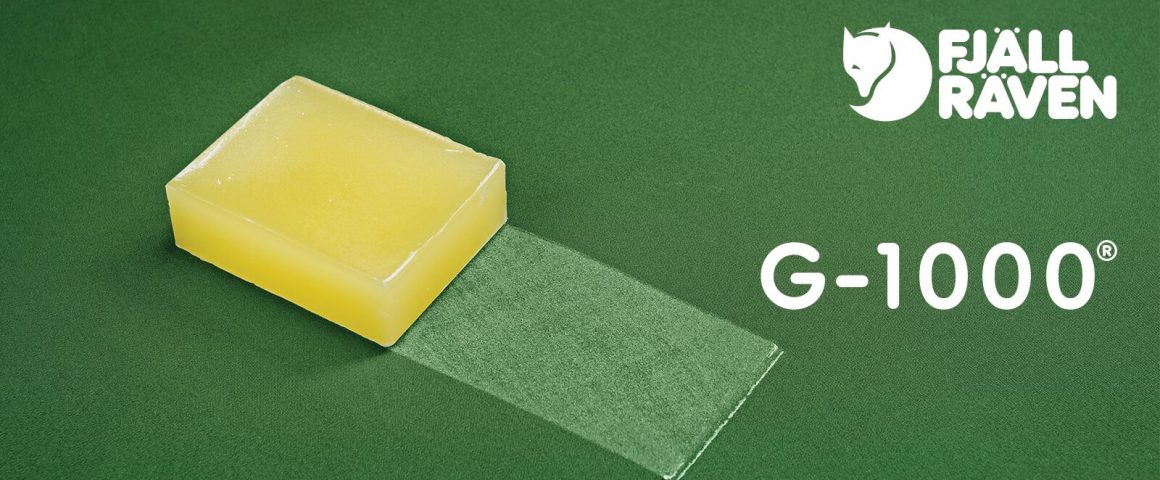 Few materials used in outdoors gear production have proved as enduring as Fjällräven’s proprietary G-1000 fabric. But the fabric, which has now been used by the company for 51 years, almost never made it off the cutting room floor.
Few materials used in outdoors gear production have proved as enduring as Fjällräven’s proprietary G-1000 fabric. But the fabric, which has now been used by the company for 51 years, almost never made it off the cutting room floor.
Fjällräven founder Åke Nordin had previously considered using the cotton-polyester blend fabric for a tent but had decided it was too heavy. However, after a Fjällräven-sponsored expedition to Greenland returned complaining about the lack of durability of another company’s outerware, Nordin decided to reconsider using the fabric, this time for a jacket.
There was one problem, though—water-resistance, or lack thereof. Nordin thought back to his days as a ski-jumper. He remembered waiting at the top of the jump, where he and others would not only apply wax to their skis, they would wax their pants to keep their bums dry and warm. Nordin wondered whether the same technique might work for jackets.

He experimented with paraffin and beeswax, and created a water-repellent yet breathable material, one that was highly abrasion resistant. He named the resultant jacket the Greenland Jacket, and the fabric became known as G-1000 (the G standing for Greenland).
Fast-forward 50+ years.G-1000 is still the cornerstone fabric for Fjällräven. It’s still densely-woven and tough, and is used in jackets and pants and backpacks (still not tents though). There are now five different versions of it; G-1000 Air; G-1000 Silent; G-1000 Heavy Duty; G-1000 Lite; and the original G-1000. But recently Fjällräven began updating the G-1000 fabrics to what they call G-1000 Eco—a material that uses entirely recycled polyester and organic cotton.
It means reduced energy and water consumption,less pesticide and fertiliser use, along with lower CO2 emissions. Overall, it results in a smaller environmental footprint—a win for the planet.


